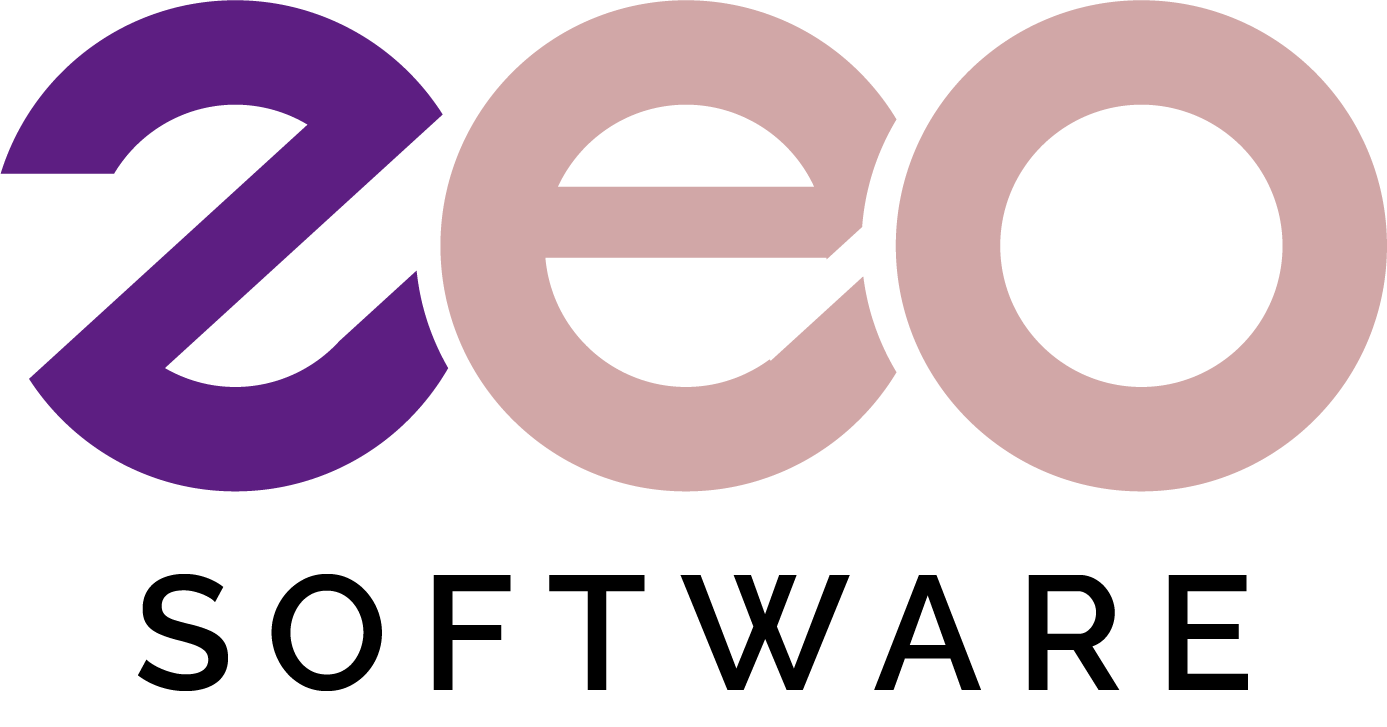Selecting the right ERP system is a critical decision that can significantly impact your business’s efficiency and growth. With numerous options available, it’s essential to choose a solution that aligns with your business size, industry, and specific needs. This comprehensive guide will help you navigate the process of selecting the best ERP solution for your business.
1. Assess Your Business Needs
Start by evaluating your business processes and identifying the specific needs that an ERP system should address. Consider the following:
Key Questions:
- What are the primary pain points and inefficiencies in your current processes?
- Which departments and functions will benefit most from an ERP system?
- What are your business goals and objectives for implementing an ERP?
Action Steps:
- Conduct a thorough analysis of your current processes and workflows.
- Gather input from key stakeholders across different departments.
- Prioritize the features and functionalities that are most critical to your business.
2. Determine Your Budget
Establishing a clear budget is crucial for narrowing down your ERP options. ERP systems can vary significantly in cost, depending on factors such as deployment method, number of users, and customization requirements.
Considerations:
- Initial costs: Software licenses, implementation fees, and hardware (for on-premises solutions).
- Ongoing costs: Subscription fees (for cloud solutions), maintenance, support, and upgrades.
- Hidden costs: Customization, training, and integration with other systems.
Action Steps:
- Define a realistic budget that includes both initial and ongoing costs.
- Consider the total cost of ownership over the system’s lifespan.
- Balance your budget constraints with the need for a robust and scalable solution.
3. Choose Between Cloud and On-Premises Deployment
Decide whether a cloud-based or on-premises ERP system is the best fit for your business.
Cloud-Based ERP:
- Lower initial costs and faster implementation.
- Scalability and flexibility to support growth.
- Reduced IT burden with vendor-managed infrastructure and updates.
On-Premises ERP:
- Greater control over data security and customization.
- Potentially better performance for businesses with high-speed internal networks.
- Higher initial costs and responsibility for maintenance and updates.
Action Steps:
- Evaluate the pros and cons of each deployment method based on your business needs.
- Consider factors such as budget, IT resources, and data security requirements.
- Consult with vendors to understand the specific offerings and capabilities of each deployment option.
4. Evaluate Vendor Reputation and Support
Choosing a reputable vendor with a track record of successful ERP implementations is essential for ensuring a smooth and reliable deployment.
Considerations:
- Vendor’s experience and expertise in your industry.
- Customer reviews and testimonials.
- Availability of support and training resources.
Action Steps:
- Research and shortlist vendors with strong industry reputations.
- Request case studies and references from similar businesses.
- Evaluate the quality and availability of vendor support and training services.
5. Assess Integration Capabilities
Your ERP system should seamlessly integrate with other essential business tools, such as CRM, HR, and finance software.
Considerations:
- Compatibility with existing systems and data formats.
- Availability of pre-built connectors and APIs.
- Ease of integration and data synchronization.
Action Steps:
- Identify the key systems and applications that need to be integrated with your ERP.
- Discuss integration capabilities with vendors and request demonstrations.
- Ensure the chosen ERP system supports seamless data exchange and process automation.
6. Consider Customization and Scalability
Your business is unique, and your ERP system should be able to adapt to your specific requirements and future growth.
Customization:
- Flexibility to customize workflows, reports, and dashboards.
- Ability to add or modify features to meet unique business needs.
Scalability:
- Capacity to scale up or down based on changing business demands.
- Support for additional users, modules, and locations as your business grows.
Action Steps:
- Identify the areas where customization is essential for your business.
- Ensure the ERP system offers the flexibility to customize and scale.
- Discuss customization and scalability options with vendors and assess their capabilities.
7. Conduct Thorough Demos and Trials
Seeing the ERP system in action is crucial for understanding how it will fit into your business operations.
Considerations:
- User interface and ease of use.
- Alignment with your business processes and workflows.
- Performance and responsiveness.
Action Steps:
- Request detailed demos from shortlisted vendors.
- Arrange for hands-on trials or pilot programs.
- Involve key stakeholders and end-users in the evaluation process.
8. Plan for Implementation and Change Management
A successful ERP implementation requires careful planning and effective change management.
Considerations:
- Implementation timeline and milestones.
- Data migration and system testing.
- User training and support.
Action Steps:
- Develop a detailed implementation plan with clear timelines and responsibilities.
- Plan for data migration and ensure data accuracy and consistency.
- Provide comprehensive training and support to ensure smooth user adoption.
Conclusion
Choosing the right ERP system for your business is a complex but critical decision. By assessing your business needs, determining your budget, evaluating deployment options, and considering vendor reputation, integration capabilities, customization, and scalability, you can make an informed choice. Conduct thorough demos and trials, and plan for a smooth implementation to ensure the ERP system delivers the desired benefits and supports your business growth.
